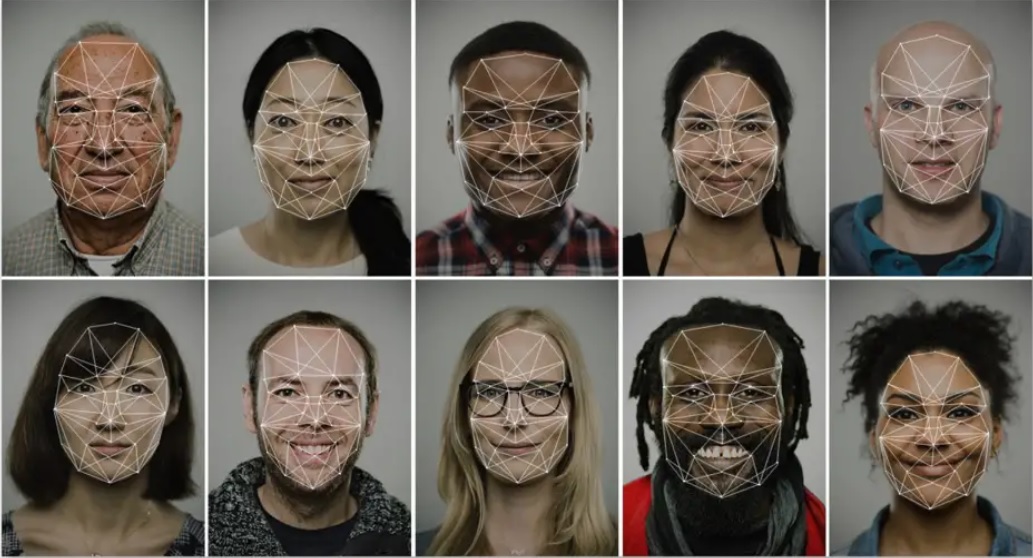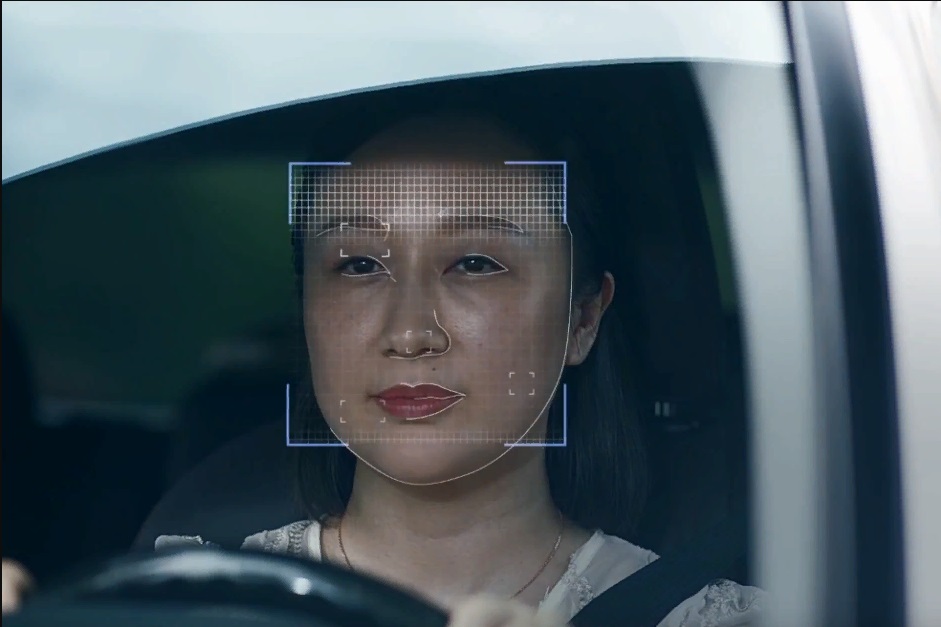Recently, it is more and more interesting to observe the development of the latest technologies such as face recognition. More than 10 years have passed since the presentation of the first developments in this area, and during this time new promising opportunities have appeared. With all this, the development of technology has stepped far forward, does not stop for a second and far from completion.
So what are the advantages of face recognition in the modern world and what is the role of artificial intelligence in this? We offer a detailed look at the key achievements of recent years in this area.
What is the face recognition mechanism and what role does AI play in it?

The essence of technology is the use of servers with software or special cameras with built-in face recognition functionality to detect nodal points on the face and measure the distance between them. That allows you to make a face map and get the so-called face print. Depending on the technology, the system needs to determine about 80 such points. The real breakthrough was the realization that a face print is a unique code that every person possesses and which can be read from a distance.
After receiving the face print, a search is performed in the database to correlate the person with the information that is in the databases. The speed of recognition and comparison with an existing file cabinet can be less than one second, and the probability of error is minimal. Out of 1000 scans, only 8 can be identified with an error. For this reason, face recognition technology has great prospects for application.
How face recognition is used today?

Many of us have already encountered face recognition technology when unlocking our smartphones or marking friends in photos on Facebook. Developed countries have made tremendous progress in applying this technology in various fields. So, one of the leaders in the region - China - sets itself the ambitious goal of becoming the leader in the number of installed cameras with face recognition and has already installed more than 170 million such cameras.
Why so many cameras? Most often, face recognition is used to capture criminals. In this case, identification can be carried out both with the help of cameras, and with the help of smart glasses for the police. In some cities, technology is even used to identify and hold accountable people crossing the road in the wrong place. This practice provokes lively debate about the legitimacy of using face recognition technology. The original application of the technology was developed by Tencent for the medical industry, creating robots that analyze the symptoms of patients on the face and offer appropriate treatment. In addition, face recognition can be used to identify rare genetic diseases. China, without exaggeration, can be called a leader in face recognition. While in other countries similar projects are only at the planning stage, in China such systems have long been used in real life.
Japan, in turn, is introducing face recognition in car manufacturing, where this function is used to detect signs of driver fatigue and preventing accidents, in access control systems created on the eve of the 2020 Olympics in Tokyo, as well as in workplaces to monitor workers and improve their productivity.

In Ukraine, the development and implementation of face recognition technology is just beginning, but now we can safely say that the technology has stepped into the corporate sector and many enterprises are beginning to introduce technology into their security systems. Especially great prospects are the use of face recognition technology in access control and personnel time tracking systems, where it allows you to get rid of ID cards and increase the level of company security.
In addition, it considers the possibility of face recognition by banks and payment systems to ensure the security of payments. For example, PrivatBank together with Visa are testing the FacePay24 system, which will allow users to refuse not only to wear a wallet, but also from a smartphone. All purchases will be paid automatically using the face recognition system. This solution is being tested in pilot mode in several stores in the Dnieper.
Of the world's largest companies, Amazon is already actively using this solution in its Amazon Go automated stores, using face recognition technologies and in Smart retail.
What waits for face recognition in future?
The human face has already become the ideal identifier for data transfer. With it, we can already open a bank account, make online payments or go through a checkpoint at the airport. And no one doubts that the list of operations available using this technology will only grow in the future.

In Estonia, a library has been launched without a librarian, but with a face recognition camera
Of course, the technology faces many challenges, including the problem of confidentiality and protection of personal data. The debate about whether the use of such technology is an invasion of privacy and a violation of human freedom does not cease. The possibility of abuse by the government to spy or harass political opponents is also worrying. Some experts even claim that the danger to human freedoms and the potential harm exceed the potential benefits of using the technology. Many cities in the United States have already banned the use of face recognition in the chest of police officers and introduced other restrictions.
However, most fears are associated only with the lack of appropriate regulatory legislation, and a quality approach to working with such technologies. Laws on the protection of personal data have already been adopted in most European countries and can already partially regulate this dilemma. Another important factor in ensuring the security of the implementation of these systems is a competent approach to their deployment. To insure against the interception of this information by intruders, the transfer of this data should be carried out using encryption technologies throughout the transmission process, and personal data should be anonymized. This allows accurate verification of biometric and personal data only on secure servers.
Despite all the challenges and questions about technology, the camera market with artificial intelligence and face recognition is projected to reach nearly $ 8 billion in less than three years.




